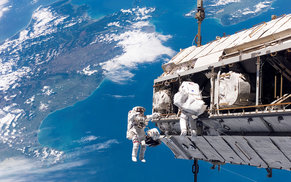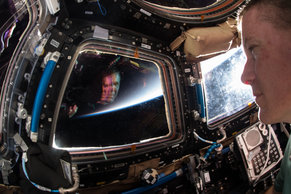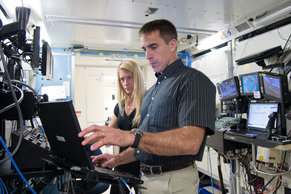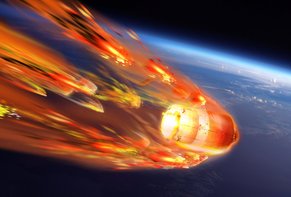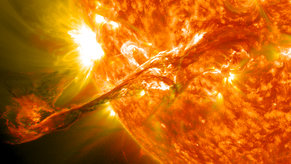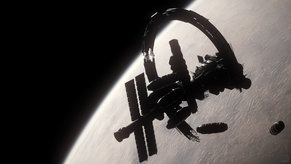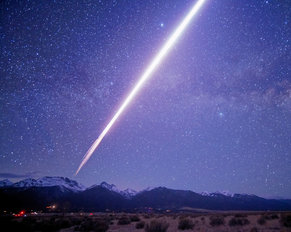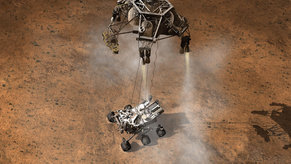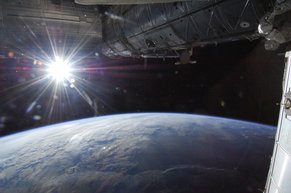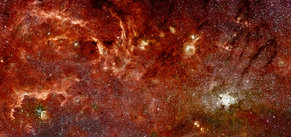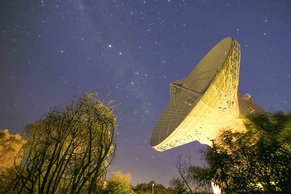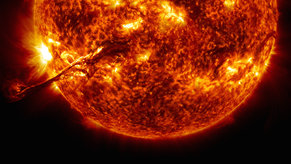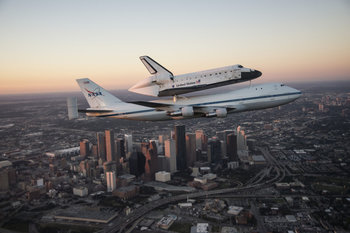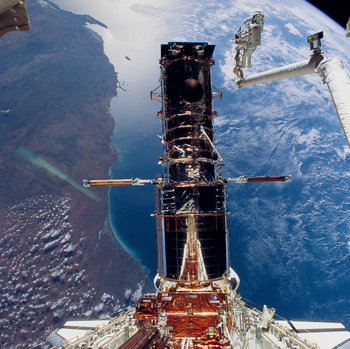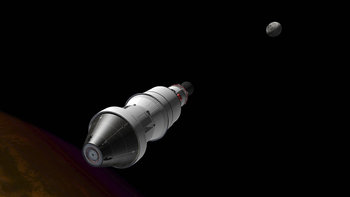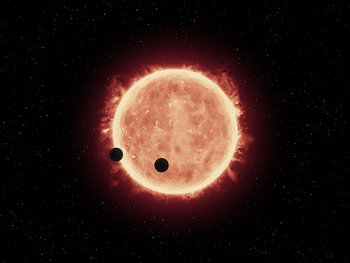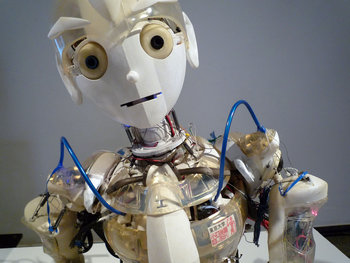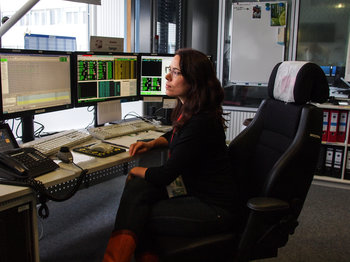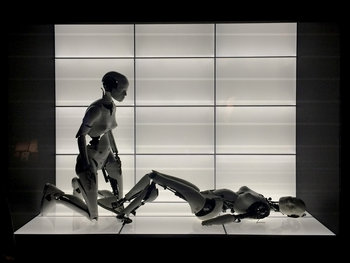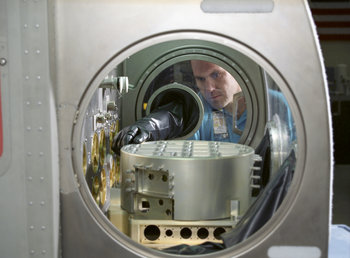
Around the World
In theory, light could circle the globe at the equator through a vacuum in approximately 0.134 seconds or 134 milliseconds. That's is a trip of 40,075 kilometers or 24,901 miles.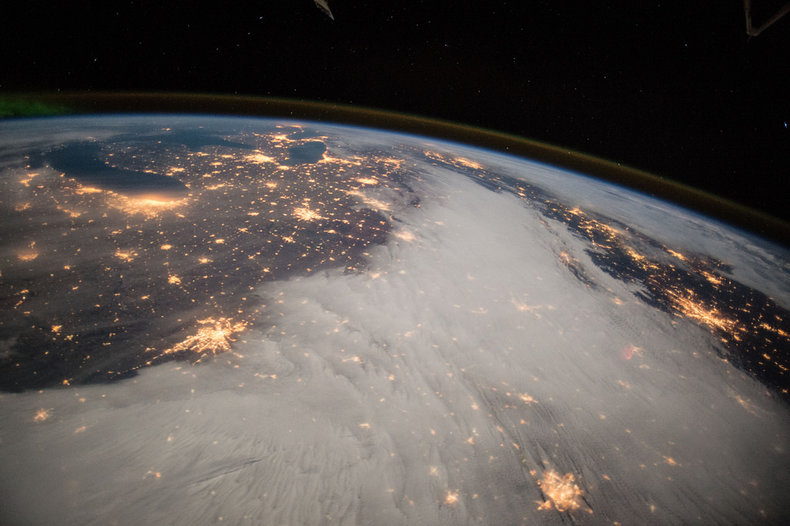
Sunlight
The Earth orbits the Sun at an average distance of 149,597,870 kilometers or 92,955,807 miles. As such, sunlight takes around 8.3 minutes to reach Earth.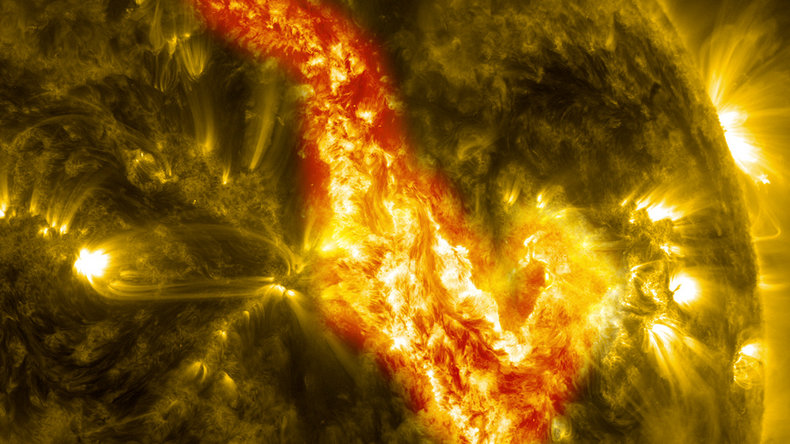
Light Years
Distances in space are often measured in light years, or the distance that light can travel in a year. A light year is about 9.46 trillion kilometres or 5.88 trillion miles. For example, Alpha Centauri is the closest star system to the Solar System at 4.37 light-years from the Sun.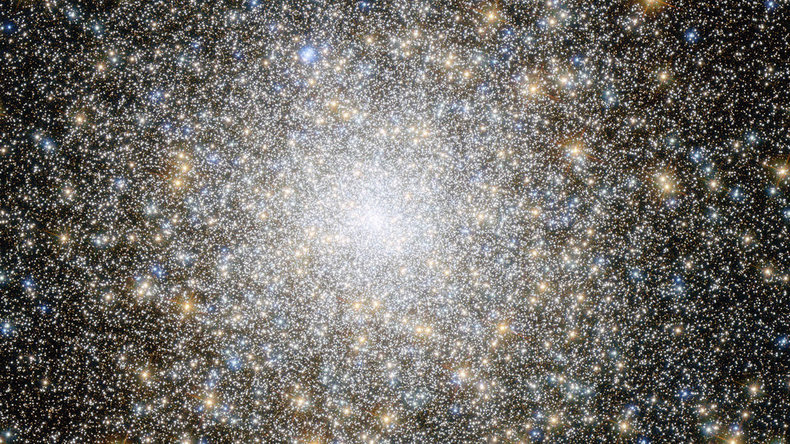
Refractive Index
Light is slowed by the medium in which it is traveling. In some exotic materials, light is slowed to a few meters per second or slower. The refractive index of air depends on factors such as temperature but is about 1.000293. This means that air only slows light by approximately 55 miles an hour (mph). The refractive index of water is 1.333 meaning that light moves at approximately 139,534 mph. This is 46,466 mph slower than through a vacuum.
Time Dilation
According to special relativity, time slows down the faster you are moving. If you move at the speed of light itself time dilation diverges to infinity such that you cease to experience time. If it were possible to travel faster than the speed of light it can be shown using the mathematics of simultaneity that you would travel backward in time. Special relativity indicates this is not possible nor is it possible for anything that is not pure energy to travel at the speed of light.
Proper Speeds
Proper speed is the practice of calculating speeds from the perspective of a traveler who experiences slowing time. For example, at 99.99% of the speed of light time slows down by a factor of about 70.71 times. This represents a proper speed of 71 times the speed of light (99.99 * 70.71 = 70.70). From the perspective of Earth, a traveler going 71 light years at 99.99% of the speed of light would arrive in about 71 years. From the perspective of the traveler, the same trip only takes about a year. Therefore, at this speed a human could travel several thousand light years in a lifetime.
Information Limits
The speed of light represents a limit for how fast information can travel. This has important implications in physics and practical implications in areas such as business, technology and engineering. For example, earthquake detection systems are possible because the seismic waves of an earthquake move far slower than light moves through fiber optics. This often makes it possible to give people, vehicles and machines a few seconds notice before an earthquake arrives at a particular location.
Expansion of the Universe
The speed of light is viewed as a local speed limit for how fast information can be sent. There are a few things that move faster than the speed of light but none of these can be used to send information, at least the ones that are currently confirmed to exist. For example, the distant universe is expanding away from us at a speed that exceeds the speed of light. This is the result of the expansion of space itself as opposed to travel through space.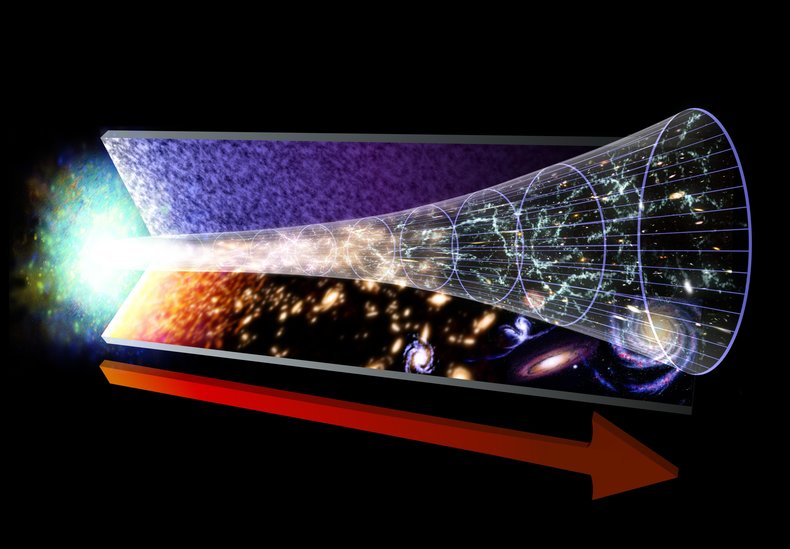
Cosmological Event Horizon
Due to the Big Bang, distant parts of the universe are expanding away from us at speeds that exceed the speed of light. This is defined by a value known as the Hubble Constant that models the expansion of space. The Hubble Constant changes over time. A reasonable current estimate is 160 km/sec per million-light-years. This creates an effect known as the Cosmological Event Horizon whereby parts of space more than about 16 billion light years away from us are moving so fast than the light emitted from these regions of the universe will never reach us. In other words, it is thought to be impossible to send a message this far because space is expanding over these distances faster than light can travel.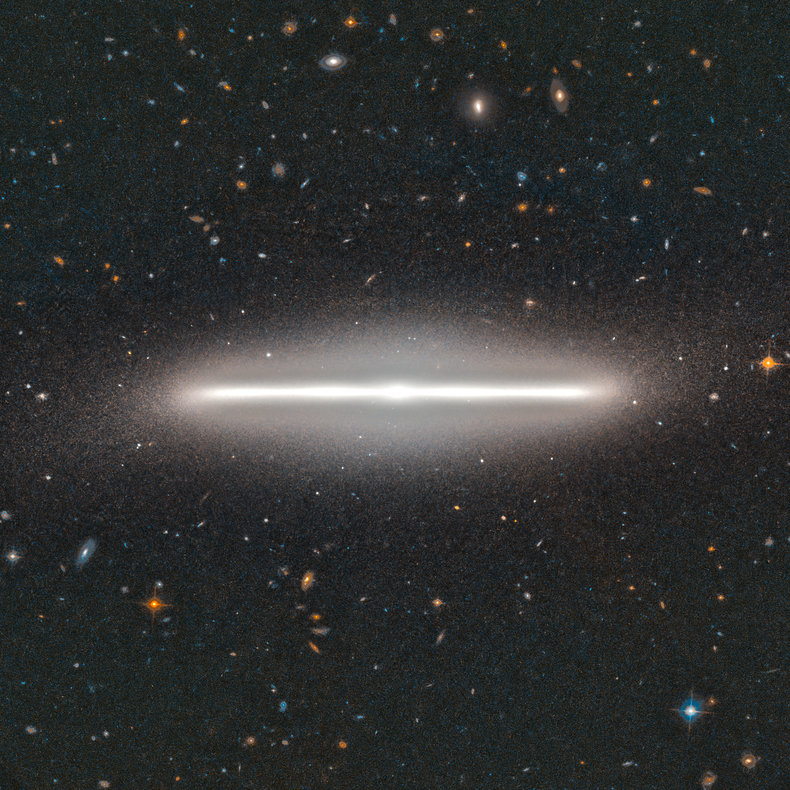
Faster Than Light
Beyond the expansion of the universe, several other theoretical and observed phenomena are thought to be faster than the speed of light. For example, if you point a laser dot at an extremely distant object you can move the laser such that the dot will move faster than light. This can't be used to send information faster than light as the laser only moves at the speed of light despite the dot jumping across surfaces faster.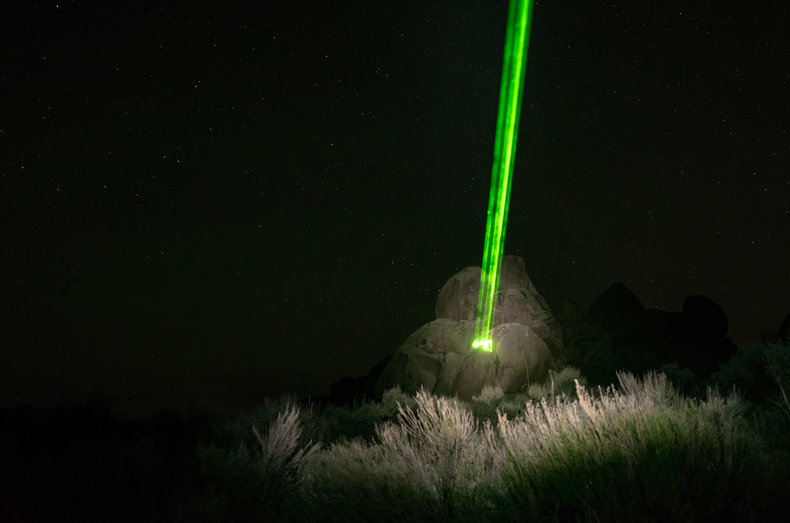
Tachyon
A tachyon is a theoretical particle that always moves faster than light. It is believed that these do not exist because they would break causality by making it possible to send messages into the past. Tachyons have strange properties, such as moving faster as their energy decreases.
Notes
The idea that going faster than the speed of light results in time travel is a bit circular because this is based on special relativity that also predicts that light is the fastest speed that can be achieved to send information. In other words, if you go faster than light you have partially invalidated the theory of special relativity so its predictions about what effect this would have could also be invalid.| Speed of Light | ||
Meters per second | 299,792,458 | |
Kilometers per second | 299,792.458 | |
Kilometers per hour | 1,079,252,848.8 | |
Miles per second | 186,282.397 | |
Miles per hour | 670,616,629.2 | |

